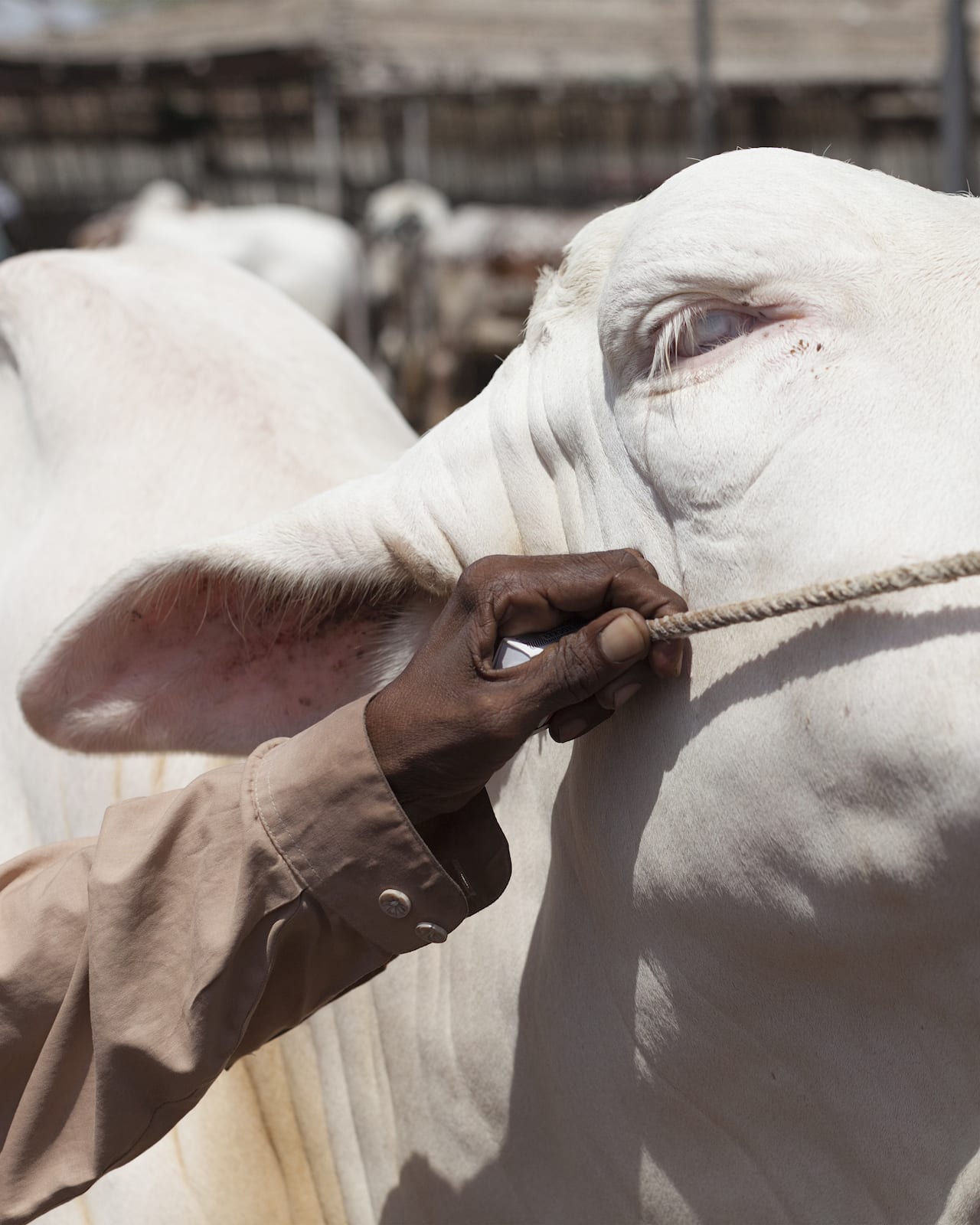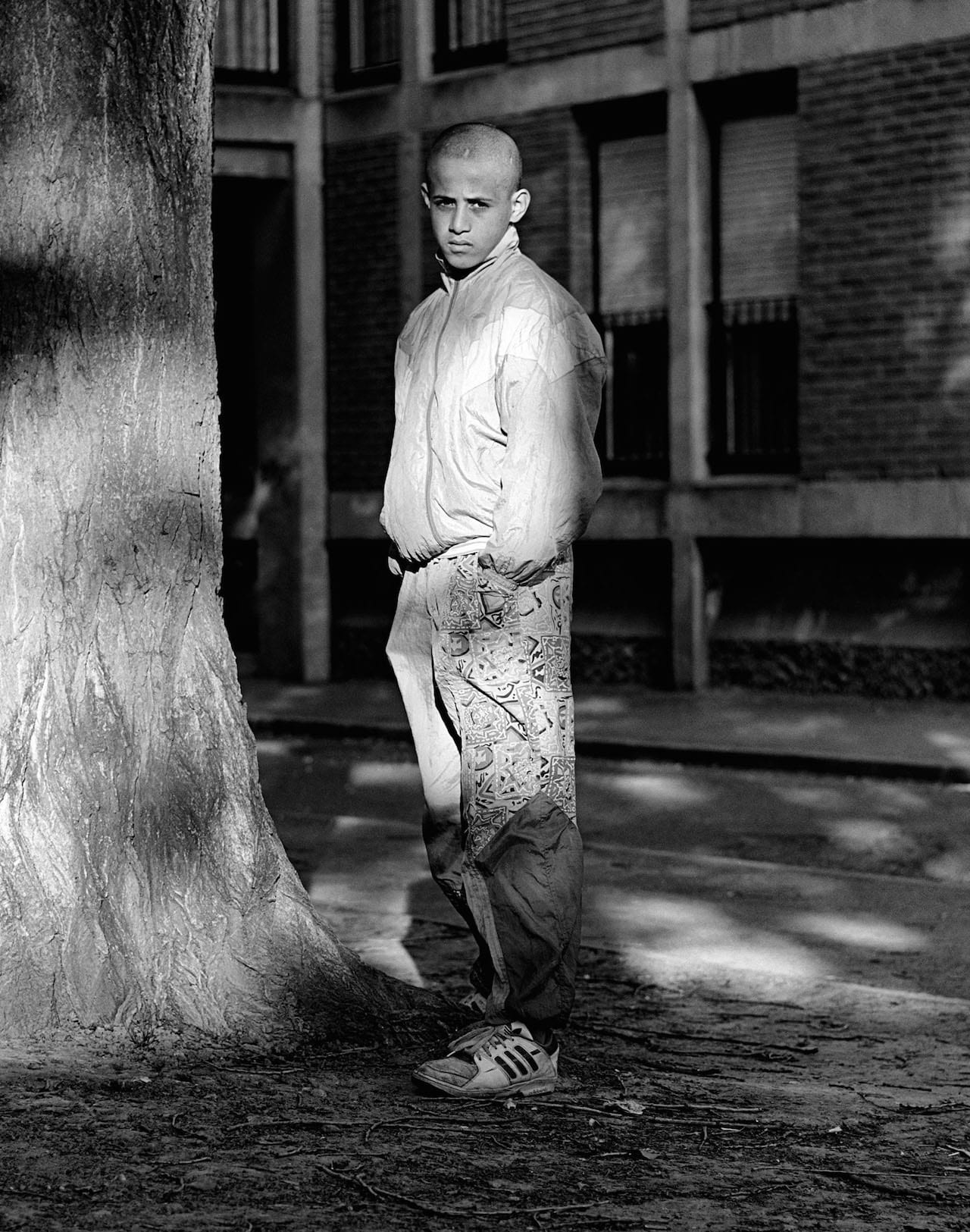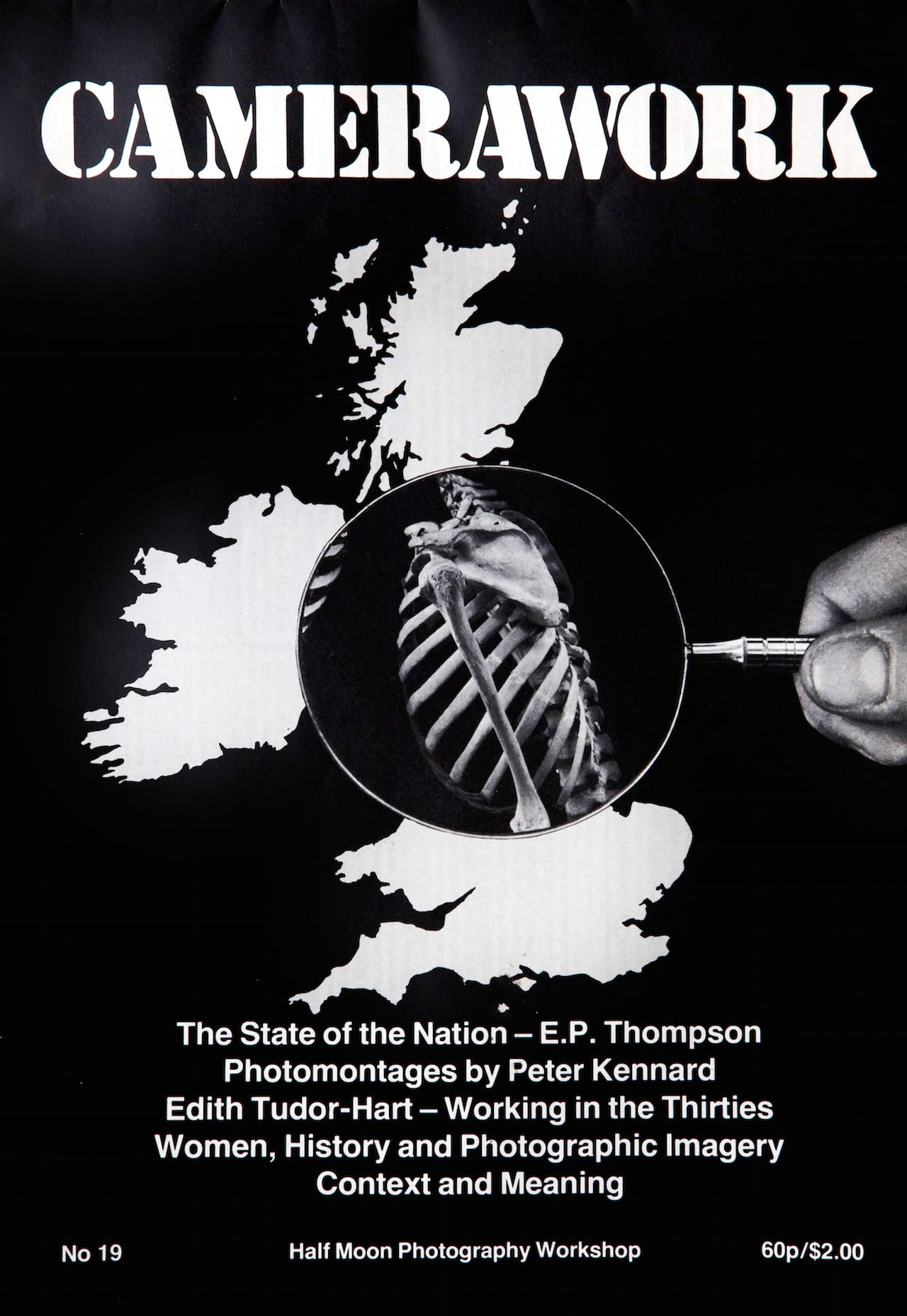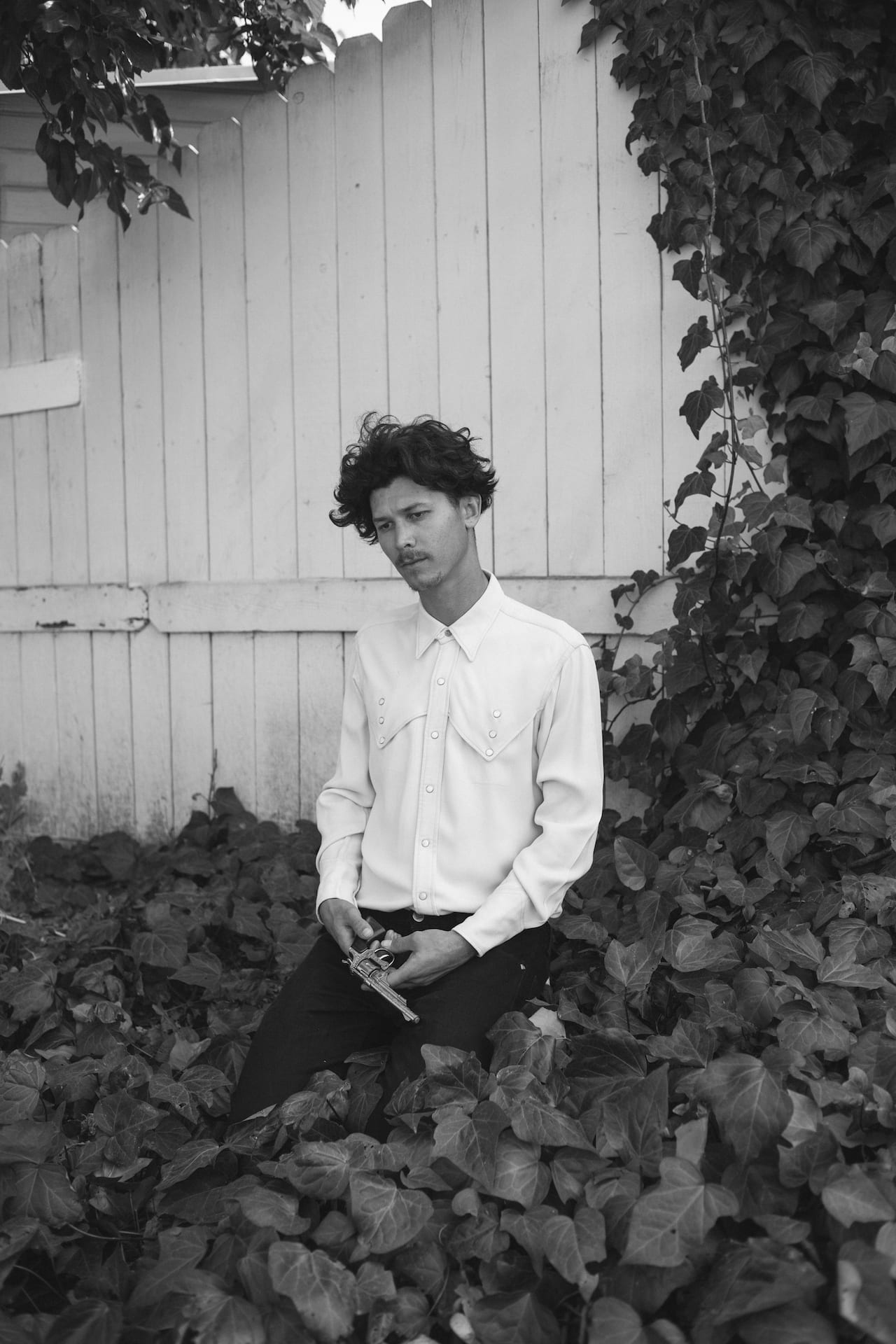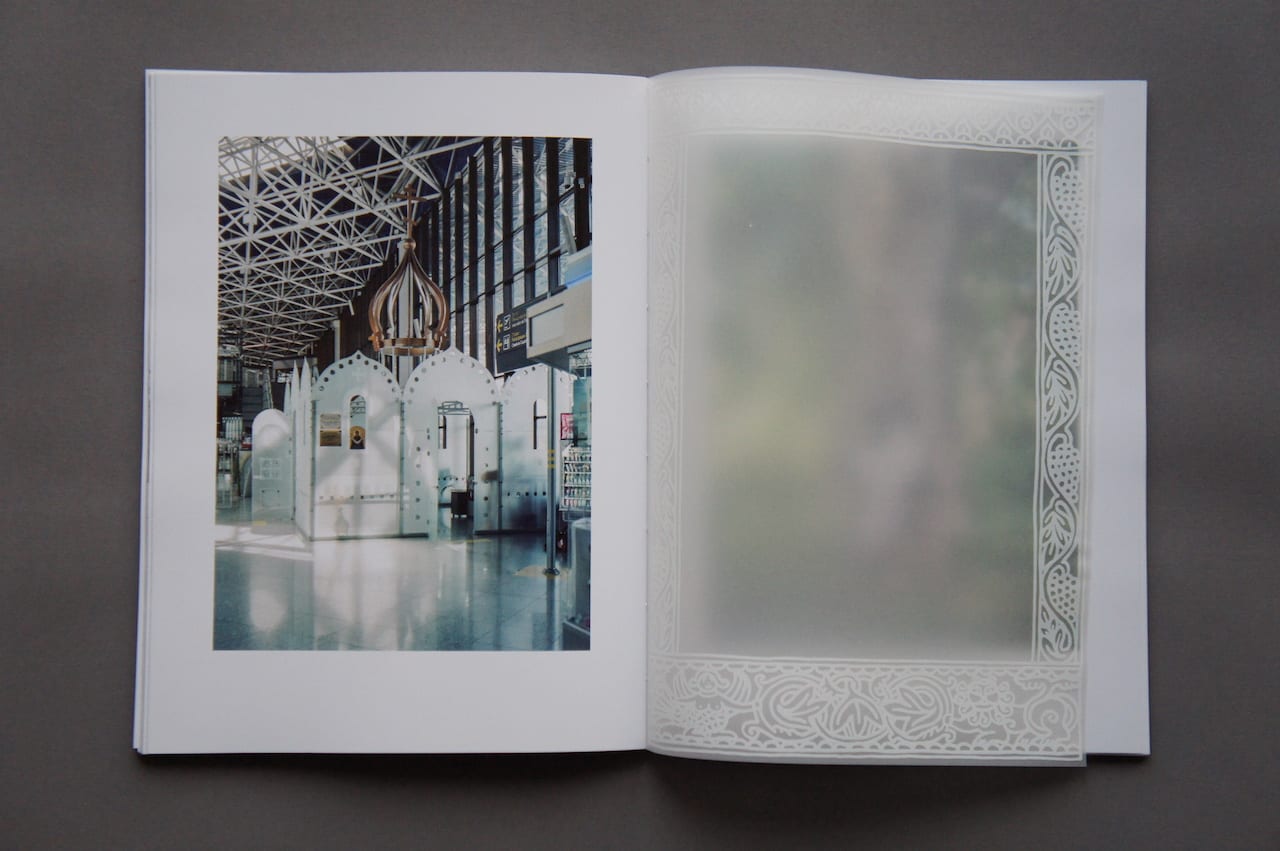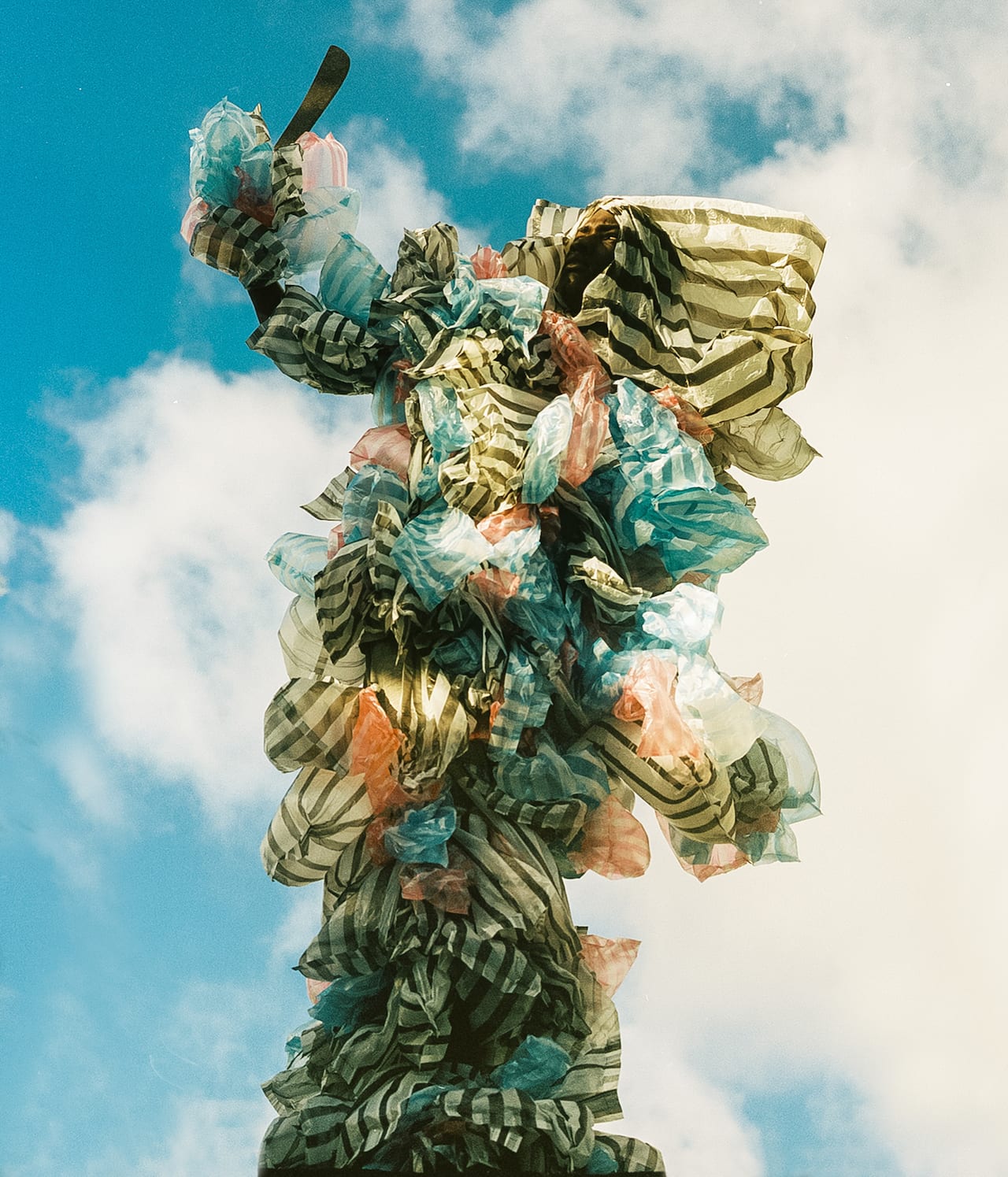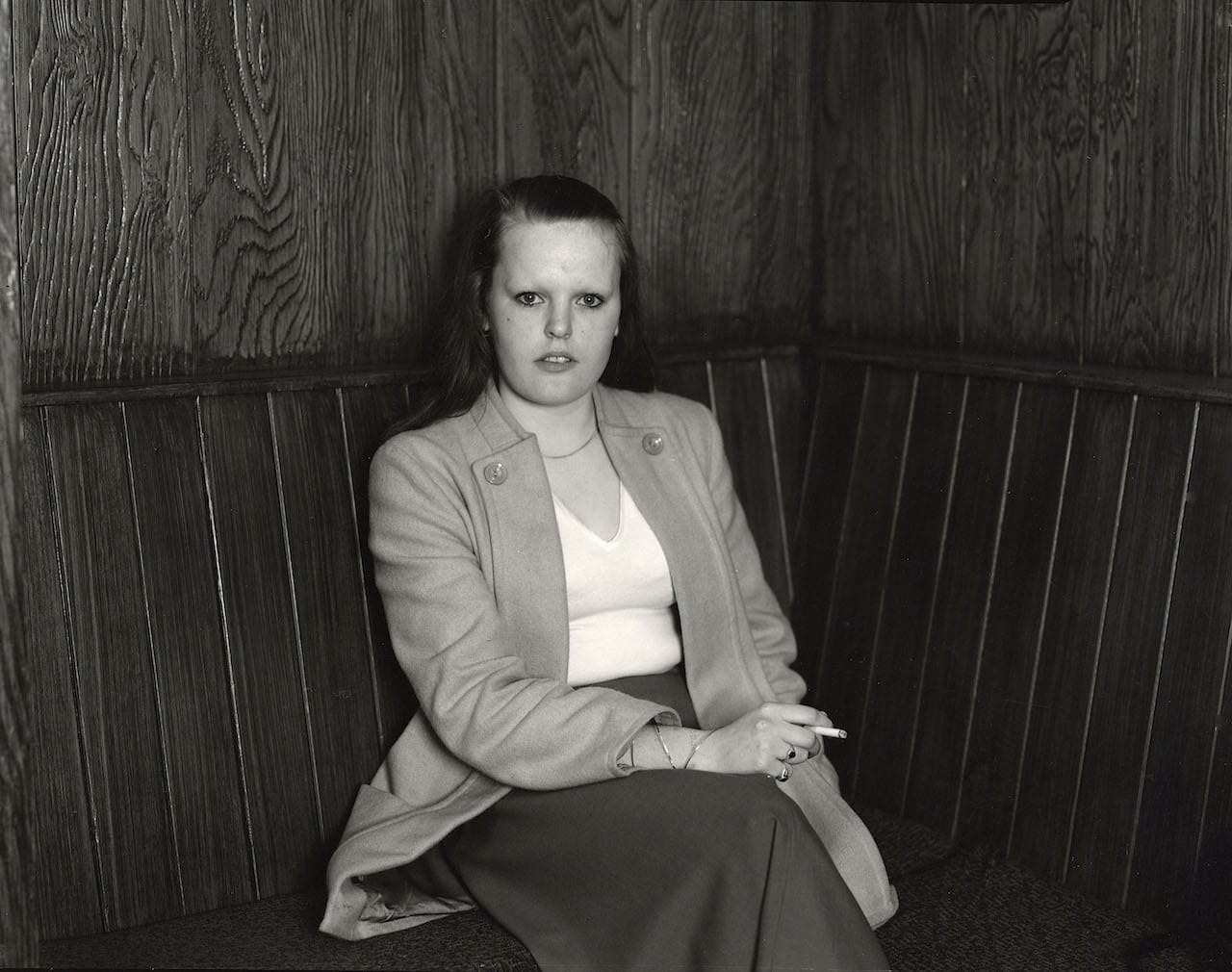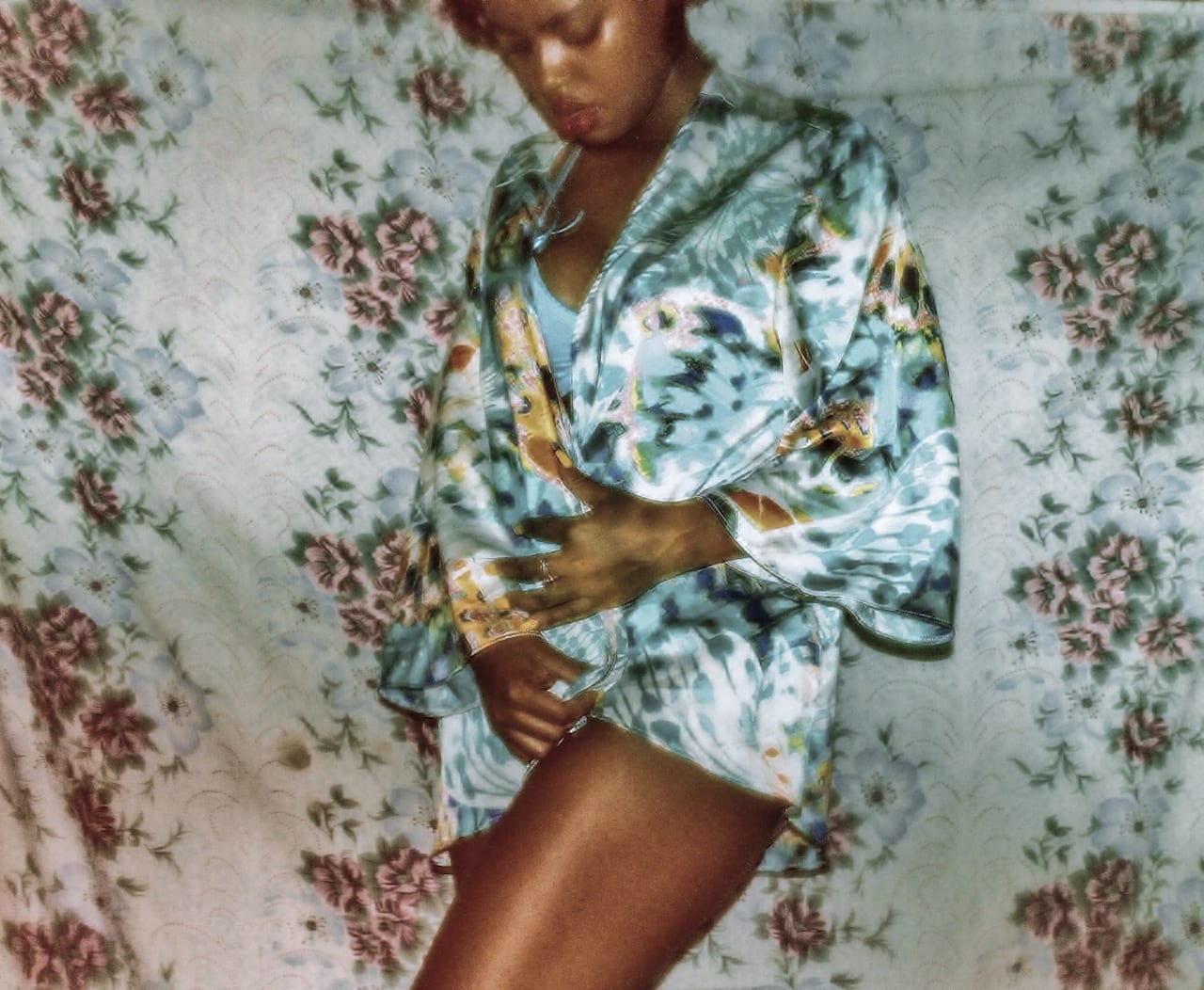For the majority of his childhood in South Birmingham, Mahtab Hussain was harassed for the colour of his skin. Constantly pestered by children at school, he was even heckled on the street by strangers yelling out their car windows. “I didn’t really see my own colour as a problem, but for 10 years of my life it became a huge issue,” he says.
The title of his new book, Going Back Home To Where I Came From, is inspired by the racist insults he endured growing up. The project is a document of his trip to Kashmir in 2016, where he spent three weeks in his mother’s rural hometown, Kotli.

